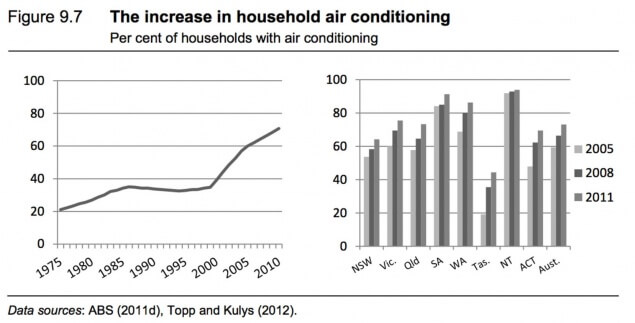It can be a bit disheartening when you go to the mailbox and the only letters in there have little windows on the front. Bills are a fact of life; we might even say these days they are as inevitable as death and taxes, and electricity bills are probably the biggest slug most people get regularly. Most of us open the bill and look at two things: the payment date and the amount. But there is a lot more information contained in an electricity bill than that, and some of it can even help us reduce our power usage, and therefore lower our future bills.
On the front is all the usual stuff – your name, your postal address, the billing address (which we dearly hope you already know). If this information is wrong, get in touch with the biller, whose contact details will also be laid out on the bill. Then they put the information everybody looks at first: what you owe, and when it’s due. It also indicates that the bill is a Tax Invoice, so if it’s for a business then you should hang on to it. A Tax Invoice in Australia is indicative of included GST. It will also tell you how much you were charged on your last bill, whether it was paid or it is still outstanding, and also detail any concessions or other discounts applicable on your account.
Concessions are worth chasing up if you are eligible. Get in touch with your energy provider if you have any concession cards, e.g. pensioners, veterans or health care card and find out how much they could help you save. The front of the bill is also where any important messages from the energy provider will be found, such as a change in rates, alterations to the billing system or even infrastructure changes like smart meter installation.
Now for the interesting small print on the back. This is where a breakdown of your charges is found. The biggest variable is the amount of electricity you used during the billing period. It also makes a difference what time of day you used it, as peak times (during the day) are more expensive than off peak times (at night). If you can shift some of your electricity use to night time, such as doing the laundry, it will lower your bill in most cases. Peak and off-peak charges will be listed separately. If you notice that your off-peak charges are higher than you expected, think about what appliances run 24 hours, such as fridges and freezers, and think about upgrading to newer models with low power usage.
The back of the bill will also include “supply charges”, which are the same from bill to bill. These cover things like maintaining power lines to your house or business and the actual production costs of electricity. The exact description will vary depending on what energy plan you have, but the supply charges remain so unless the provider changes their rates, or you change providers. They may be listed as supply or service charges, but they are the same in dollar value regardless of how much electricity you use.

In many cases now, energy providers also give you an indication of how your usage compares with similar households or businesses in the area, based on their own billing figures. This can help you work out if you are using more electricity than other people, and perhaps prompt you to ask why. In some cases it’s obvious, maybe a second fridge, air-conditioning or other equipment that runs 24/7, but in many circumstances, it might take some thought. If your bill is much higher than your neighbours’, you may wish to have your electrical systems checked, as “leaks” and short circuits can literally waste electricity which you are paying for.
The bill will also indicate how much GST you are paying, again important for business customers, and also detail how and where you can pay your bill. With electricity making up such a large expense for businesses and at home, it’s well worth understanding what your bill can tell you, and how that can help lower your usage, and your costs. Of course, there may be a better deal out there for you that will help you save all-round. Rather than sticking with a provider out of familiarity or a sense of loyalty, why not see how their rates stack up against other providers in your area? Compare electricity plans as part of your overall cost-saving exercise and opt for the best you can get.